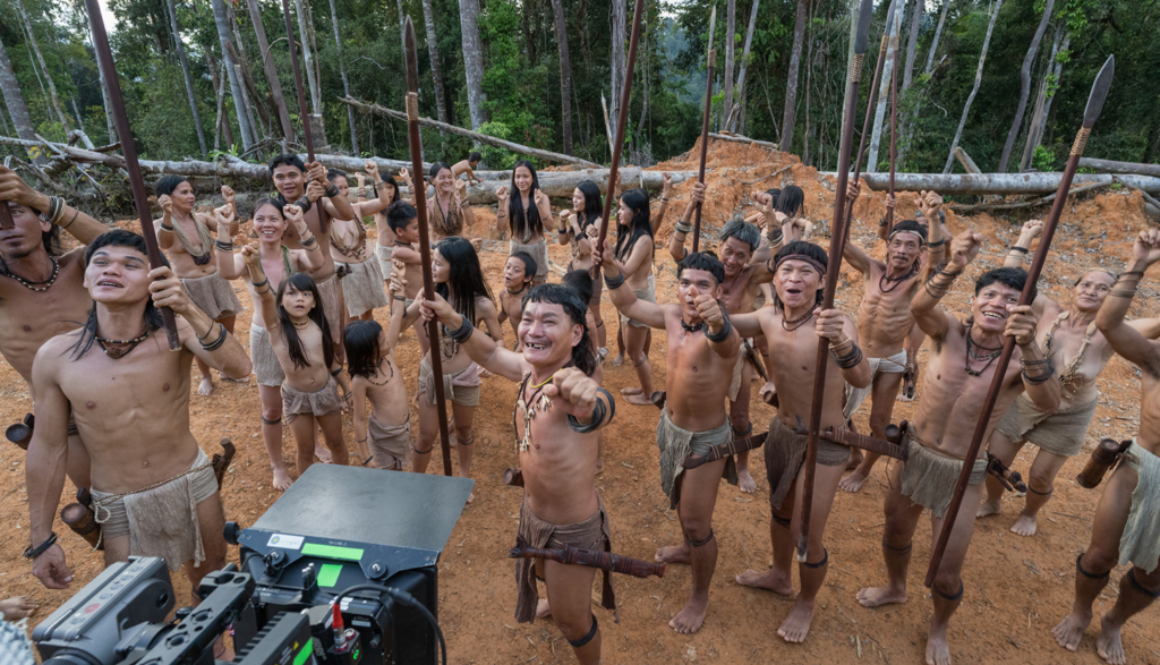Talking with Eric Madeja, Asia Location Manager and Fixer for Paradise War – The Story of Bruno Manser
This interview was originally published by THE LOCATION GUIDE on 4th February 2020 https://lnkd.in/fCTVFc4
Images copyright by A Film Company Gmbh and Eric Madeja

Working and living in Southeast Asia since the late 1990s, Location Manager Eric Madeja has worked on many high-end TV productions in remote terrain and under difficult conditions. TLG talks to Eric about managing the feature film shoot for Paradise War in the extreme conditions of the Bornean rainforest and his passion for the job.
Paradise War is the true story of a Swiss environmental activist who became Malaysia’s enemy of the State. In the 1980s Bruno Manser lived for years with groups of the nomadic Penan tribe in the last pockets of Sarawak’s virgin rainforest before he started campaigning for human rights of indigenous people and against deforestation. He vanished in 2000 without a trace.
How did you get involved with Paradise War – The Bruno Manser Story?
In Switzerland, Bruno Manser is a household name and synonymous with protecting the rainforest of Borneo. When I heard that a Swiss production company was planning to shoot the story of Bruno for the big screen, I put my name forward. Being Swiss and based in Borneo for more than 20 years, the story is of personal interest to me and I wanted to be part of it.
Why now? Does the film’s theme intend to exploit the current public sentiment surrounding environmental issues?
This film couldn’t have hit the big screen and zeitgeist in a timelier manner. But to be fair to the producers, Paradise War was 10 years in the making and conceived long before the recent public debate and outrage around our planet’s climate emergency started.
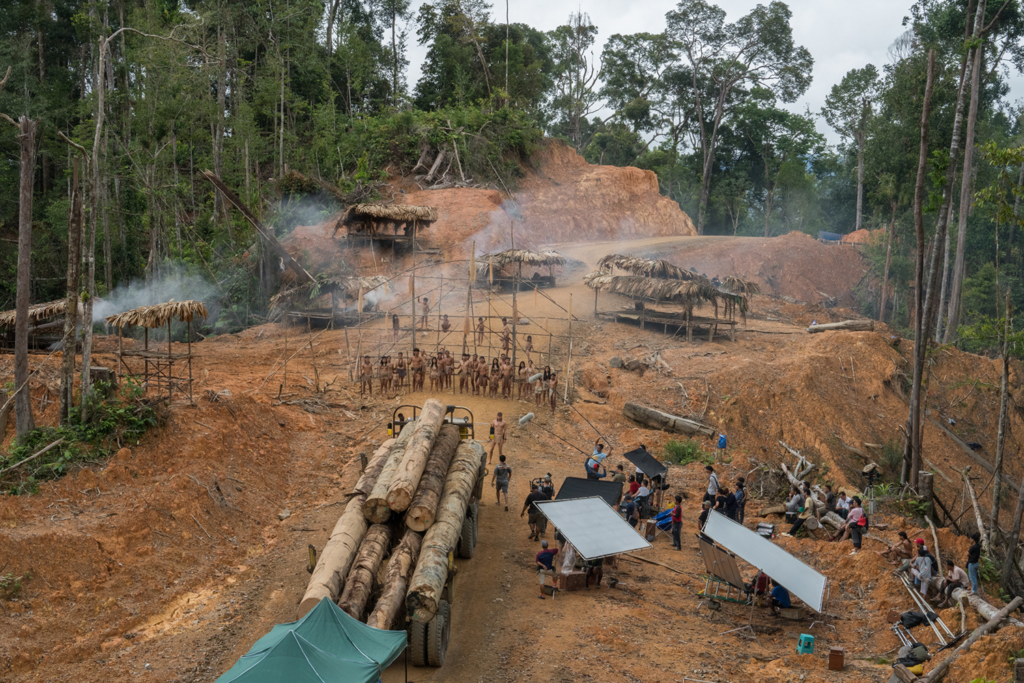
What was your role in it and where was it filmed?
The producers shot on 3 different continents and engaged me to oversee service production for Southeast Asia. To my surprise, the executive producers wanted to emphasize authenticity, to feature the people, language, circumstances and locations as truthful to the actual story as possible. This meant we had to film in the rainforest on the island of Borneo.
Borneo is being shared by three countries; Malaysia, Brunei and Indonesia. Most of the events featured in the film took place between 1984 and 2000 in the Malaysian State of Sarawak and at the time, the Malaysian government declared Bruno Manser as a “persona non-grata”. Unfortunately, filming permit regulations in Malaysia did not allow us to tell the story at the original sites in Sarawak, so we decided to find shooting locations in the nearby Indonesian province of North Kalimantan.
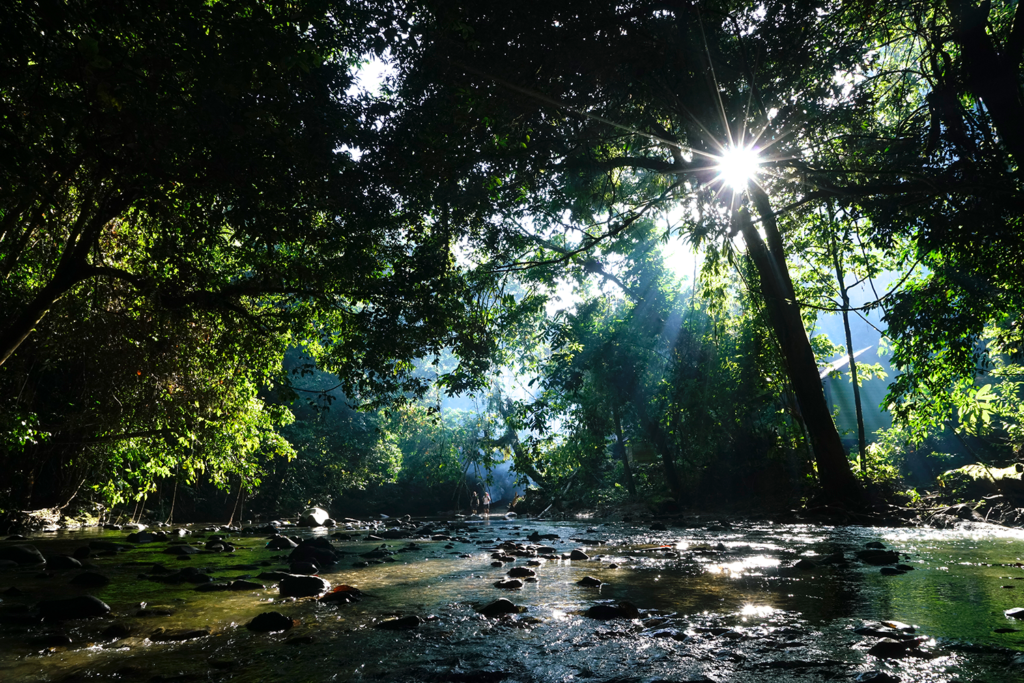
What challenges did you encounter?
Pretty much everything was a challenge, but I knew what I had signed up for. Nobody had ever attempted to shoot a feature film in rural Kalimantan. It has very limited infrastructure and scouting for locations took the good part of 3 months, driving thousands of kilometres on dusty and bumpy dirt roads using off-road vehicles.
A particularly sensitive issue was getting the logging scenes right. The production’s budget didn’t allow us to completely build our own set and hire all the machinery to make it look like a real logging operation, so we decided to film actual, legal logging activities. We had to pursue a fine balance between explaining the loggers of what we wanted to film, but at the same time make them understand that we didn’t want them to do anything they wouldn’t do anyway as part of their normal daily operation. In order the get the shots we wanted, the 2nd Unit had to be on standby for weeks and adjust to the logger’s operations schedule, which was shifting for weather and other reasons.
Keep in mind that we are dealing with the multi-billion-dollar timber industry, time is money, and a film crew on location is pretty much just a nuisance. Nonetheless, we managed to get access and the film includes some shocking scenes of cutting down actual, age-old, rainforest giants. Many of the crew members involved in filming these scenes, including myself, felt shaken by how much “collateral damage” is done to the environment to harvest these large trees, which ends up being used in products consumed by all of us, such as the paper cup that comes with your favourite coffee, the single-use chopsticks with your Asian take-a-way meal or the plywood used for your office desk.
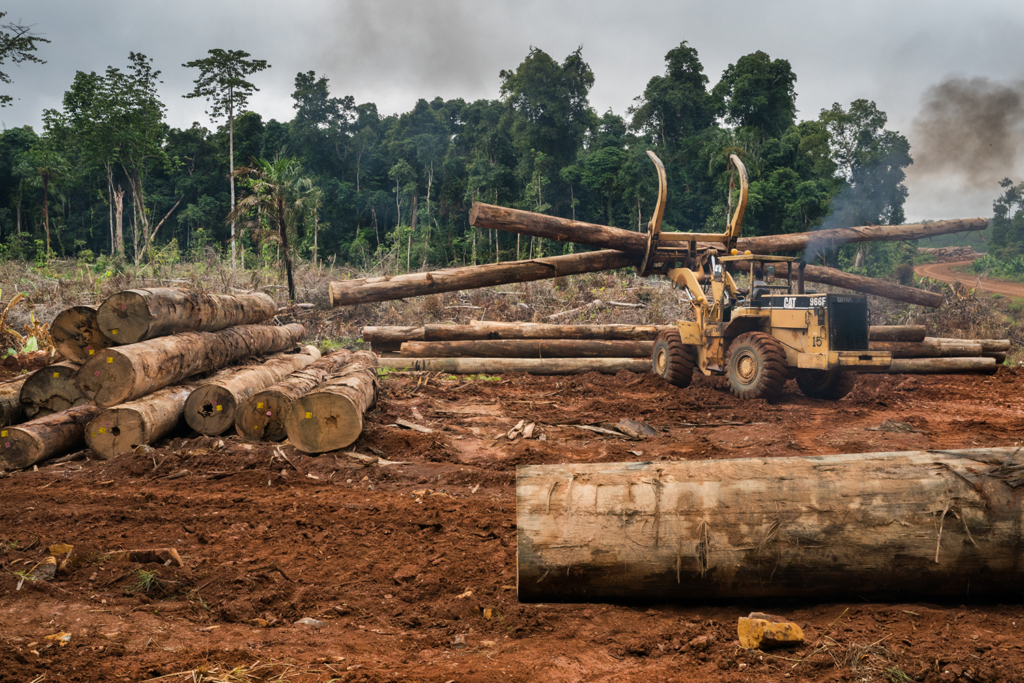
How did the cast and crew adjust to the local conditions?
It was interesting as we had three distinctive “groups” on the set; the European cast and crew, the Indonesian crew from the megacity Jakarta and the local, native cast, crew and extras. The latter who pretty much all were new to any kind of film production. It was culture shock pure for many and with no surprise little conflicts, issues and misunderstandings between the groups were common, especially during the first few weeks. I often had to help communicate and find solutions, bridging between the cultural differences. We had over 70 shooting days in Borneo and many of the crew members, local and foreign, told me that it was a positive, eye-opening and inspiring experience for them.
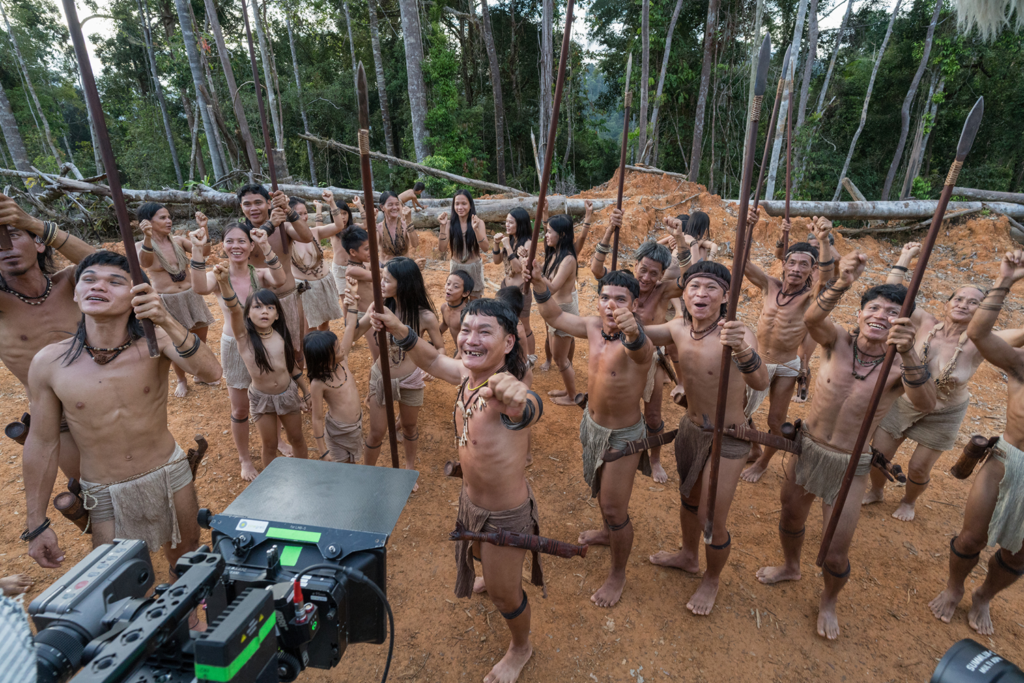
What do you love about being a Location Manager and Fixer?
I have always had a passion for managing and organising complex activities. I would like to make the life of producers and crew easier, so they can focus on what they came to do.
And then there is the travelling. Scouting new locations is by far my favourite part of the production process. I love to explore the remote and unknown, it’s almost like getting paid to be a backpacker again, only with a more serious agenda and a different approach.

What is your favourite location and why?
When I first came to Asia in the early 1990’s I spent a lot of time exploring Indonesia, intrigued by its extreme diversity of cultures, landscapes, wildlife and its incredible ocean and island environment. I have a great passion for the marine environment. I love sailing, scuba diving and practice underwater photography.
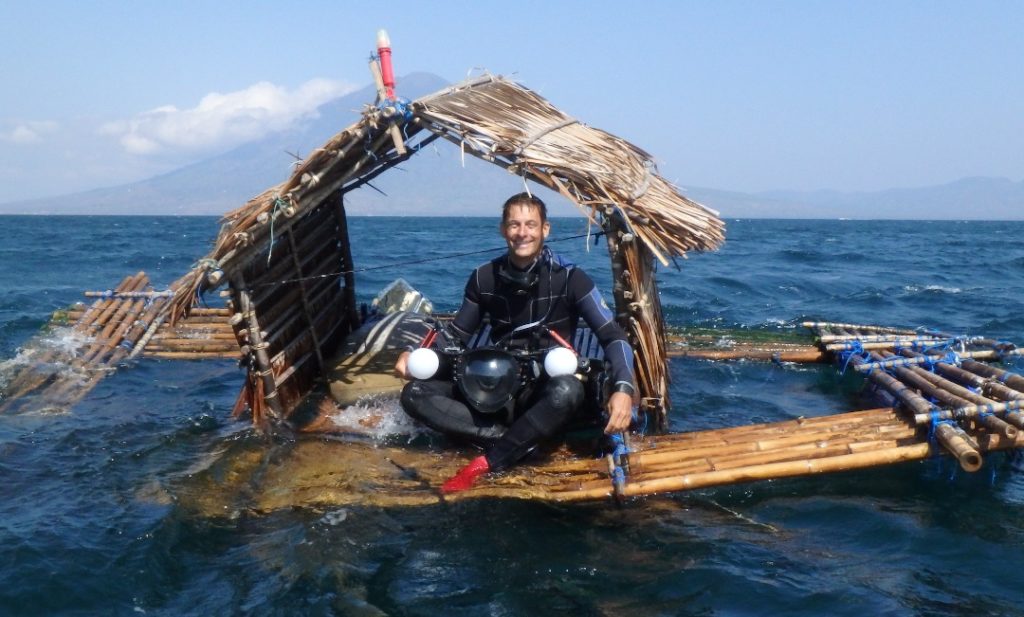
If I could choose a dream production and location, it would be a new version of 20’000 leagues under the sea filmed in the very remote Banda Islands in Indonesia, 7 small islands, one of which is a tiny active volcano, surrounded by 8km deep waters, within a prolific and pristine marine environment. It’s stunning.
Another favourite film location is the Danum Valley in the State of Sabah in East Malaysia. It’s a heaven for natural history productions. I have worked on a lot of wildlife productions in Borneo and I’m amazed by the intriguing and often never filmed before wildlife behaviour we keep on capturing on camera.
How do you see the future of filming in Asia?
Red tape, difficult logistics and limited professional manpower can still be a major drawback for bigger productions, but things are looking up; Most Southeast Asian countries realize that the filming industry can contribute to their economy. Filming permit processing in Malaysia and Indonesia has become more streamlined over the past years. Malaysia has even introduced filming incentives, especially for larger productions. The domestic TVC market is booming, helping the industry to grow its manpower pool. I believe in the coming years, production of local content will increase, a trend that has already been embraced by the big streaming companies, answering to the demand of hundreds of millions of internet-savvy Asians.


